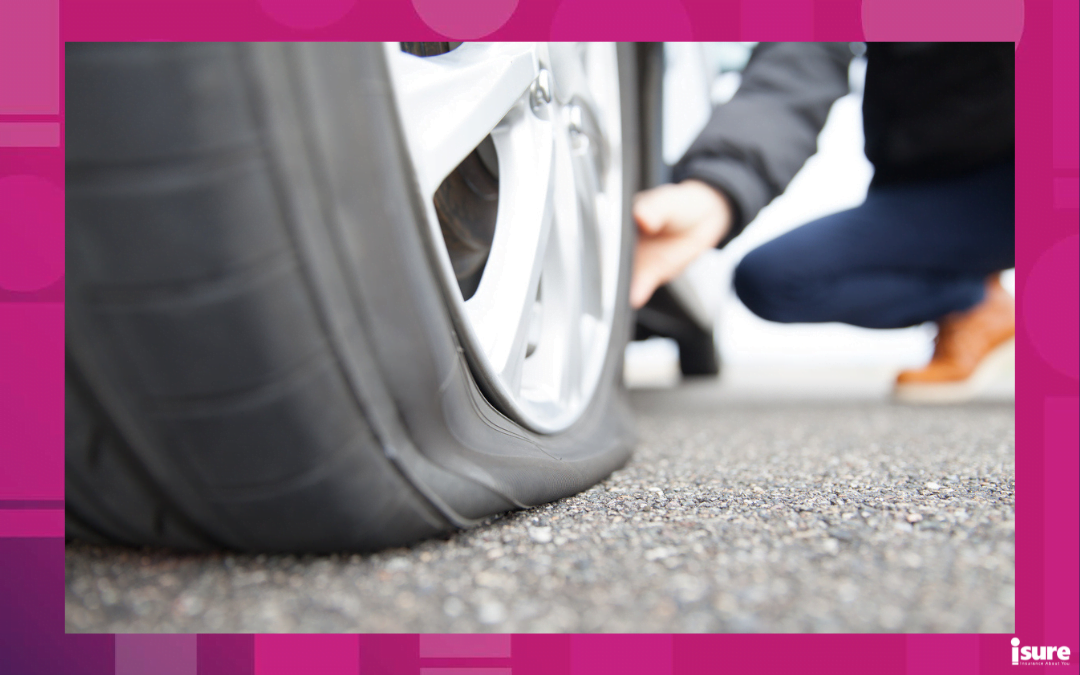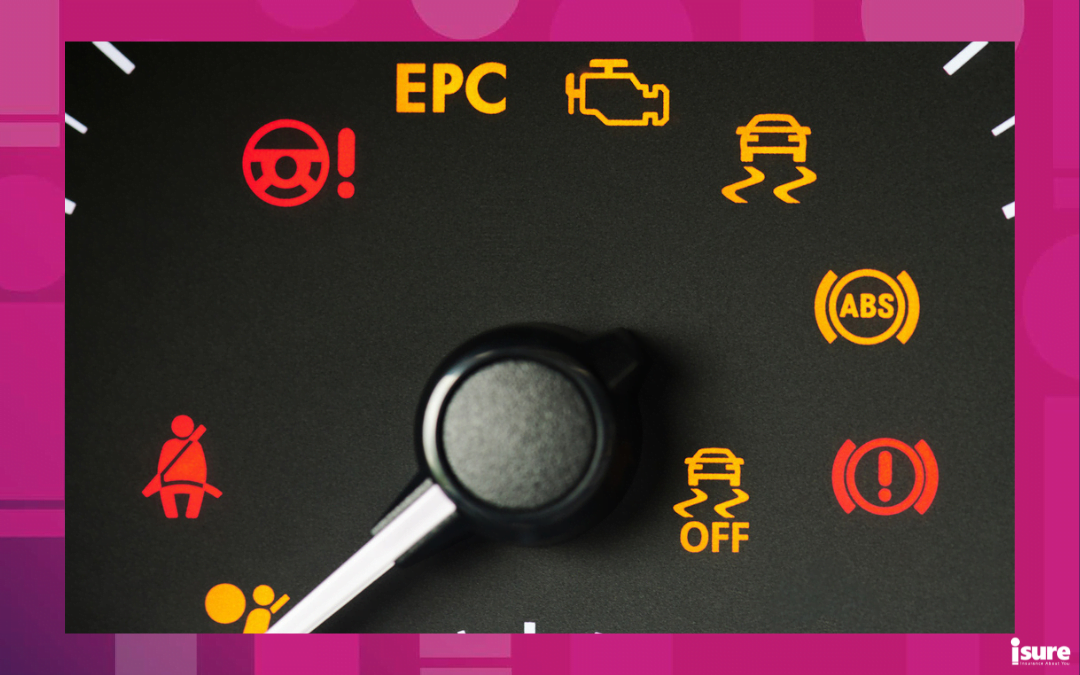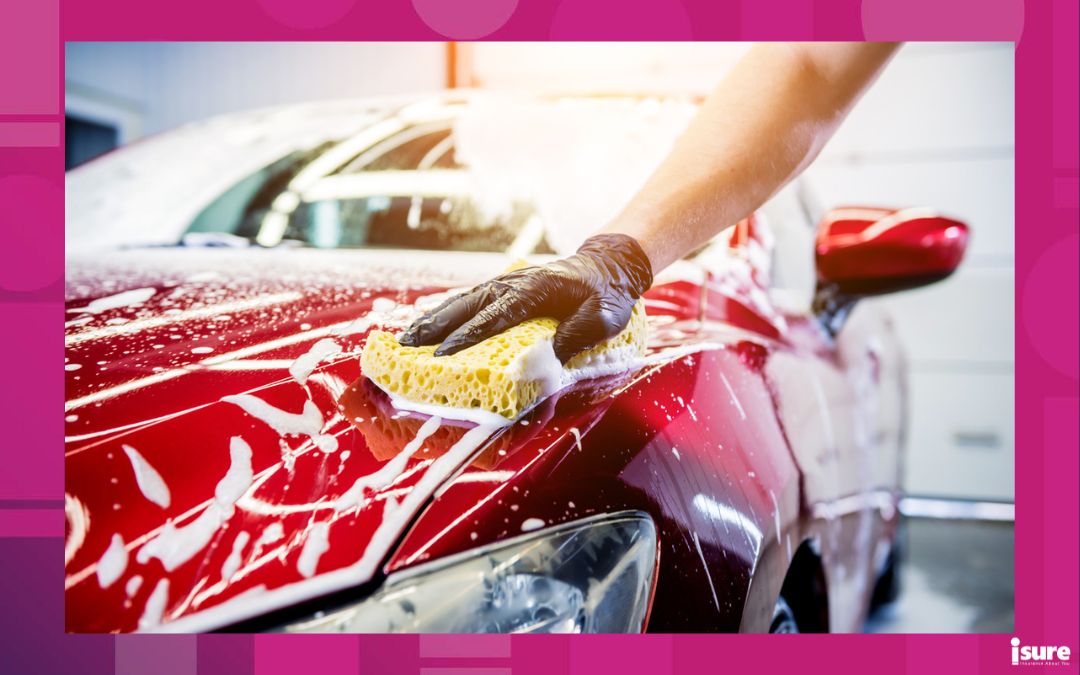Flat tires can be a major inconvenience, and often seem to happen out of nowhere. Most times, they seem to occur when you’re in a hurry or have somewhere to be. In this article, we cover the 10 main causes of flat tires, what to do when it happens, and how you can prevent them in future.
1. Bad road conditions
One of the biggest causes of flat tires are bad road conditions. To put it simply, the worse the quality of the road, the greater likelihood you’ll get a flat. To avoid this situation, make sure to leave ample space between you and the car in front of you. Always drive slowly over uneven pavement. Between uneven roads, potholes, and unexpected debris, it’s hard to know what bad road conditions await your vehicle.
2. A valve stem leakage
A damaged and leaky valve stem can also cause flat tires. This damage often occurs when the valve stem is dirty or too old. If your tires have no obvious puncture in them, a valve stem leakage is often the reason for a flat. Visit your local tire shop or ensure your car has regular maintenance checks so the valve stem can be replaced, if needed.
3. Warm temperatures can affect flat tires
As the weather starts to heat up, it’s important to know that these seasonal temperatures can sometimes influence flat tires. The air in your tires expands from the heat, increasing the risk of a blowout or a leak due to the tire’s internal pressure. Always make sure to avoid driving with over-inflated tires, and maintain proper tire pressure when driving in warmer temperatures.
4. Sharp objects
As we mentioned before, it’s important to be cautious and drive around any debris on the road (when it’s safe). Poorly-maintained roads, parking lots, and construction sites are often home to sharp objects, which can cause flats. Objects, such as broken glass bottles, an industrial staple, nails, garbage, sharp debris, or a screw, can all cause flat tires. Drive carefully, be alert and keep an eye out for any sharp objects on the road!
5. Tire wear-and-tear
As careful as we can be on the roads, sometimes the tire’s wear and tear is enough to cause a flat tire. If this happens to you, don’t beat yourself up about it. It’s completely normal for tires to wear and tear over time. Even normal driving will wear down the tread on your tires, increasing their chances of going flat and being more susceptible to the everyday hazards of driving. Getting your tires aligned and rotated regularly, avoiding fast stops and starts, and maintaining the recommended tire pressure for your vehicle, are all ways to sustain the lifespan of your tires.
6. Incorrect inflation
Incorrect inflation of your tires can lead to serious injuries on the road due to internal damage. Visit a certified mechanic to have your tire pressure checked, or you can even do it yourself by using a tire pressure gauge, like this one from Amazon. Checking tire pressure should be part of your routine car maintenance plan, which should be completed monthly. Tire pressure level not only affects flat tires, but your safety while driving.
7. A ripped tire
A ripped tire can, of course, cause a flat tire. Checking your tires before you drive can help detect issues like this. Not only are ripped tires a hazard to you, but to other drivers, as well.
8. Over pumping your tires
Although it may seem silly, over pumping your tires can also lead to a flat tire. Flat tires occur after the over pumped tire pops. Filling your tire pressure correctly and properly, and not over pumping, is very important before driving.
9. Separation of the tire from the rim
When the tire separates from the rim of your car, slow leakage creates a flat tire over time. Rubbing against a sidewalk while parking or hitting a curb can cause this to occur. Be mindful of your surroundings when in tight spaces to avoid this situation.
10. Vandalism
This final cause is very unlikely, but if someone decides to vandalize your car by puncturing your tires, they can also go flat. Unfortunately, a simple reinflation can’t fix this problem, so repairs to the tire will be needed.
I have a flat tire…now what?
If you find yourself in this situation, don’t panic! Here are the steps you should take to fix your flat tire.
- Before you can exit your vehicle to fix the flat tire, it needs to be in a place where you can do this safely. Safely locate a space far off the side of the road where you can exit your vehicle without other moving cars nearby.
- Next, you need to grab your tools. A string plug or a tire patch can both be very useful when covering a puncture. Additionally, you’ll need a lug wrench with a socket on one end and a pry bar on the other, a jack to lift the car, and a spare tire.
- Next, loosen the lug nuts with your lug wrench, and lift the vehicle using your jack.
- Remove the lug nuts, and pull the punctured tire towards you to remove it. Now you’re ready to place your spare tire and attach it using the lug nuts.
- Finally, slowly lower the vehicle to the ground by using your jack. Tighten the lug nuts in a diagonal pattern so the tire will stay straight.
And when all else fails, we recommend calling CAA or your Roadside Assistance.
Does my insurance cover flat tires?
Coverage on flat tires varies on the situation and its severity. However, when your tires have been damaged by potholes, have been slashed, stolen, or damaged in a collision with another vehicle, your Ontario auto insurance will typically provide coverage. However, it’s important to note that flat tires may cause you to have to pay your deductible on your insurance. So, unless it’s a serious situation, replacing your flat tires at your own expense by using the tips we mentioned earlier is your best bet.
We hope this article helps you recognize the main causes of flat tires and how to prevent them. If you need to make an auto insurance claim, please reach out to a member of our isure team today. Stay safe on the roads!




